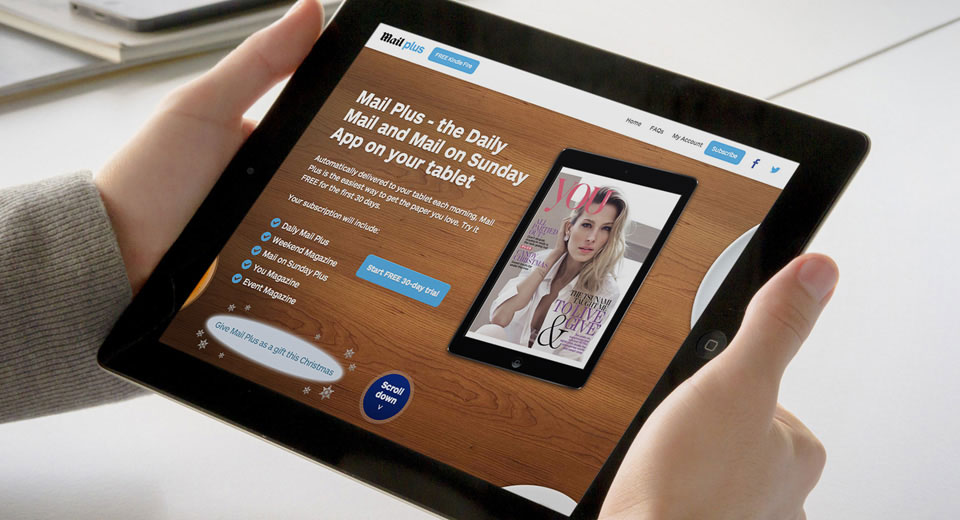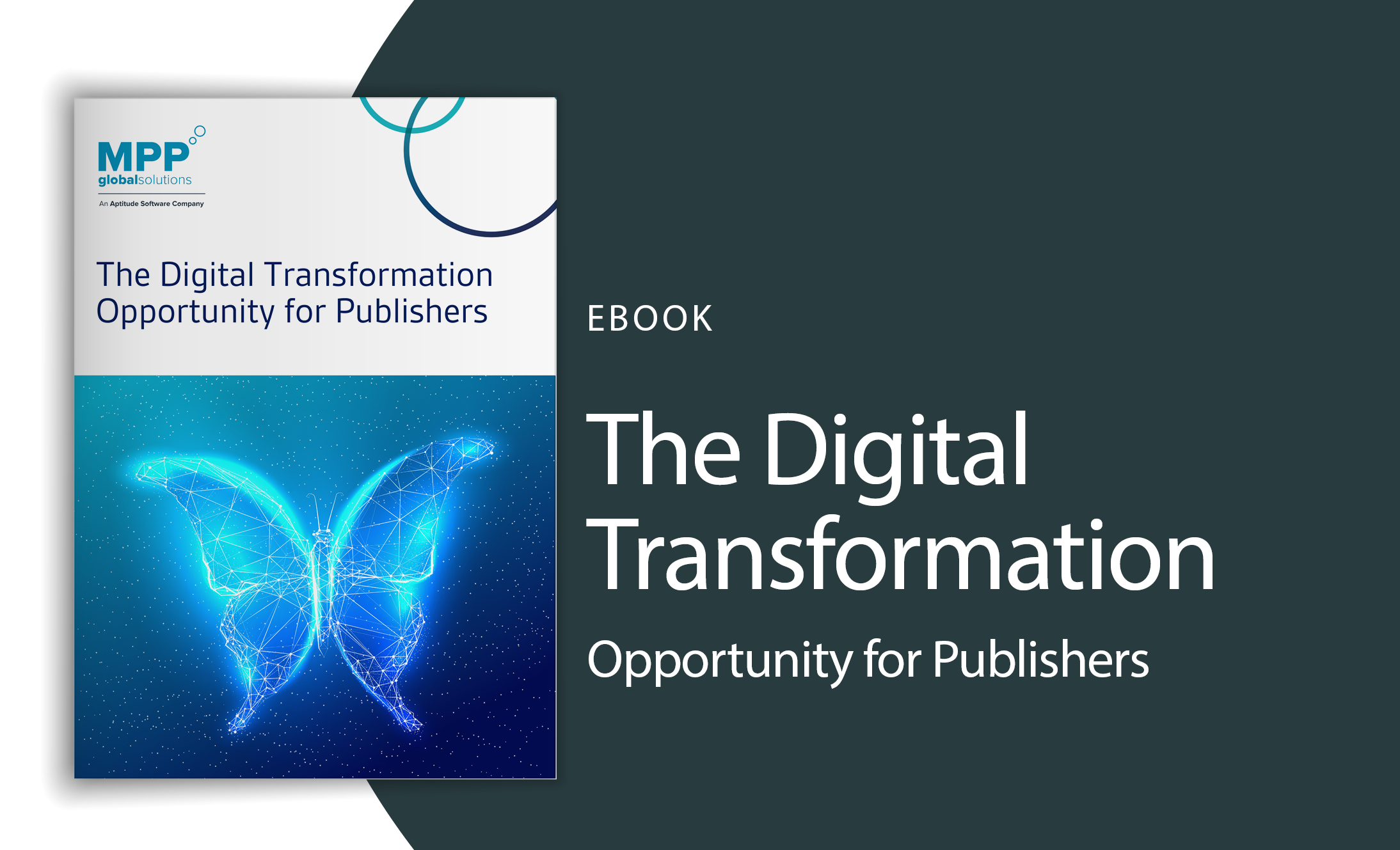Magazines, Reader Revenue, Paywalls and the Need for Speed

The publishing world has faced many challenges with the shifts in technological advances and readership trends over the last 20 years. We’re now moving into a time where there are many opportunities for newspapers and magazines to thrive if they can get into a position to take advantage of the pivot away of reader revenues from the traditional reliance on advertising.
Even if advertising is still providing the bulk of your revenue, there is still the need to diversify your income sources to remove this reliance on a stream that is subject to so many factors outside of your control. Taking this step can seem like a very big leap, especially for businesses still relying on legacy infrastructure and subscription bureaus to manage how they deal with the subscription side of their operations.
This leaves publishers struggling to do more than simply adding a paywall to their website when it comes to engaging and monetizing their readerships, as they are limited in the options they can offer their readers. The inability to diversify their offering means that publishers end up with little option but to get into a price war with their competitors in order to attract and retain subscribers, which isn’t a sustainable position to be in.
There are already leaders in the market who are making ‘reader revenue’ work, like The New Yorker magazine, which has 65% of its revenue coming directly from its readers [1], while The Economist’s subscribers alone are enough to make it financially sustainable [2]. In the newspaper world, Germany’s BILD started a digital subscription model eight years ago and is already up to over 300,000 subscribers after pivoting away from being led by print subscriptions and digital advertising.
Moving away from the old way of doing things has several advantages; not least that it puts your relationship with your subscribers directly in your hands, instead of relying on others to manage it for you. This gives you access to all of the data and demographics you can use to make informed decisions about new subscription levels and packages in the future.
This is crucial because, as Centaur CEO Andria Vidler told In Publishing, this kind of approach can only work when you know enough about your audience: “If you understand the customer really well, your brand and the connection you have with that customer via the brand relationship becomes even more powerful. You can offer lots of different products to monetize that relationship in lots of different ways – but only if you put the customer first.” [3]
Imagine being able to launch new packages and services to consumers in minutes, without technical assistance. This speed to market fosters innovation and learning in commercial teams as many new services and conversion strategies have to be tested and refined. Having your own subscription management service in place also gives you real-time tools, enabling you to test which offers and prices work. When BILD began its subscription offering, it initially trialled six packages at varying price levels, but experience and the ability to trial and measure results have seen this down to just two levels.
You can also bundle content together based on what your findings are, even offering a mixture of physical and digital content, as well as diversifying your offer with add-on packages with partners (for example, a Spotify membership). Turning your subscription offering into an experience with exclusive access to events and partner content is another tactic that has worked well for BILD, while The Week has carefully curated subscriber-only offers for its readership.
There is a lot of potential for publishers to thrive with the benefit of reader revenue on top of traditional revenue, as long as they have speed to market and flexibility to take control of how these are implemented. It’s not all about paywalls, since one size most certainly doesn’t fit all. Innovation could mean memberships, eCommerce, on-demand services, standalone specialist apps and more. This might mean breaking away from old practices that have always been there, but it’s a big step worth taking to futureproof your business.
Condé Nast has just announced details of its digital video distribution expansion with dedicated OTT channels for magazines like Wired, Bon Appetit and GQ coming soon [4]. This represents digital product diversification at its best, leveraging the brand and delivering via preferred formats for millennial engagement – the channels will be available on AppleTV, Roku and Amazon Fire while there will also be content created for Snapchat.
If you want to learn more about how you can shape the future of your publishing business through subscriptions and reader revenue get in touch with one of our experts or book a demo here.
 us
us 










